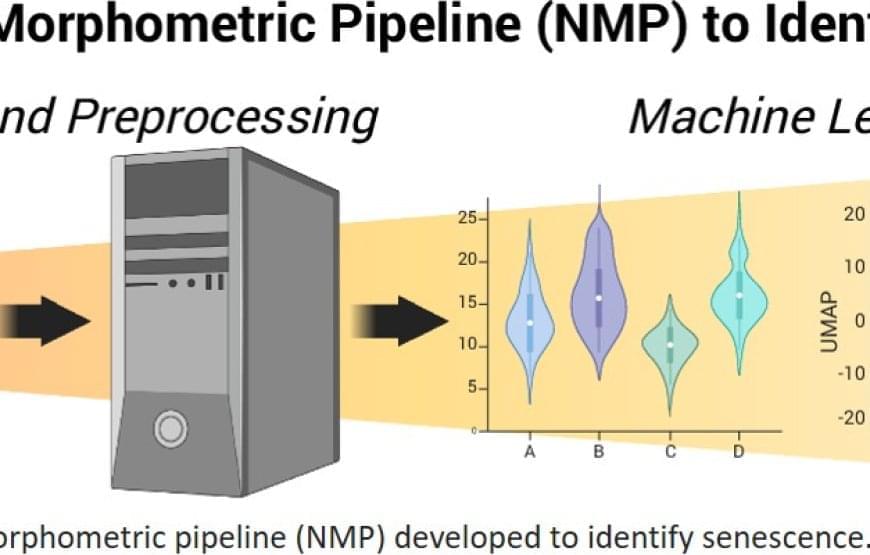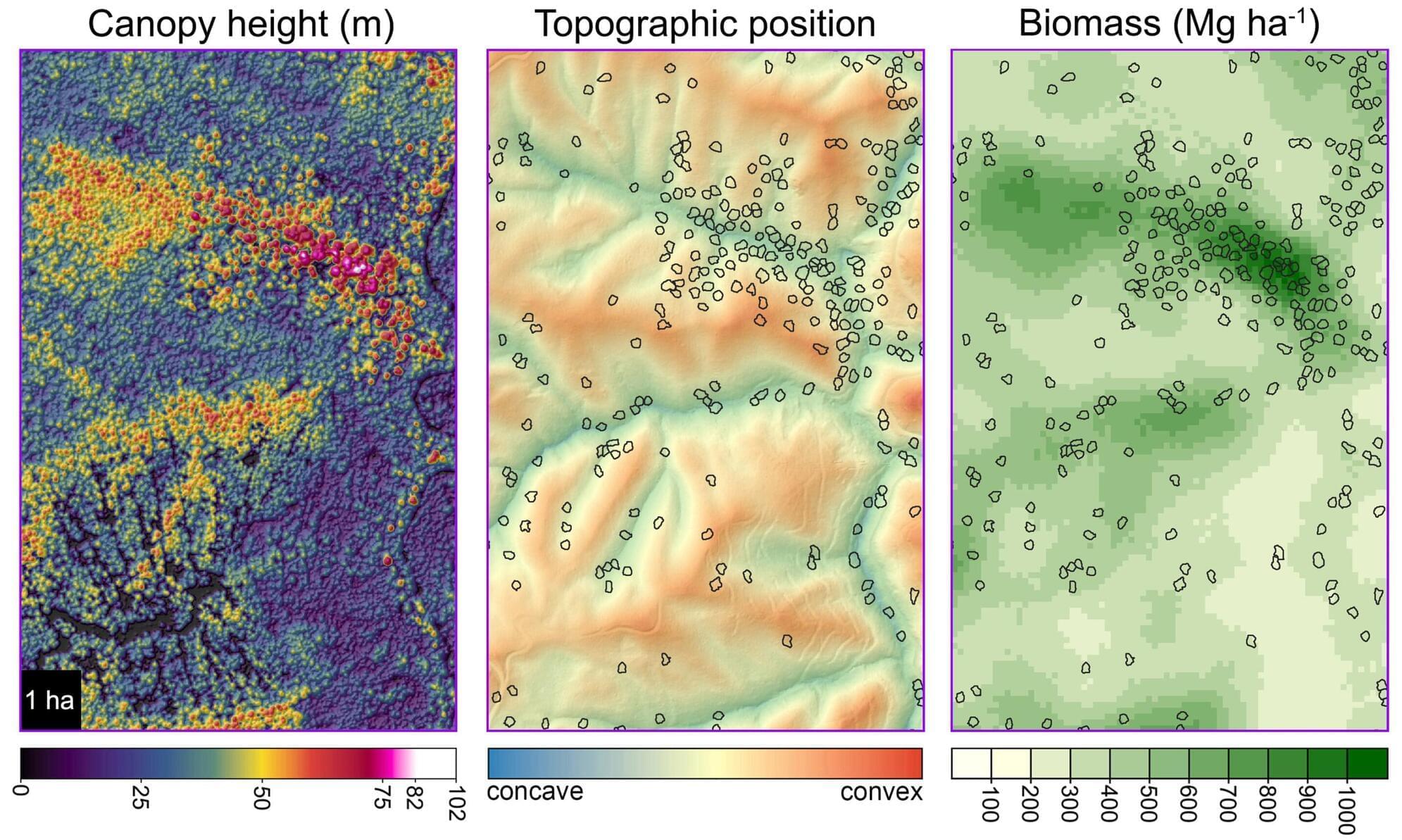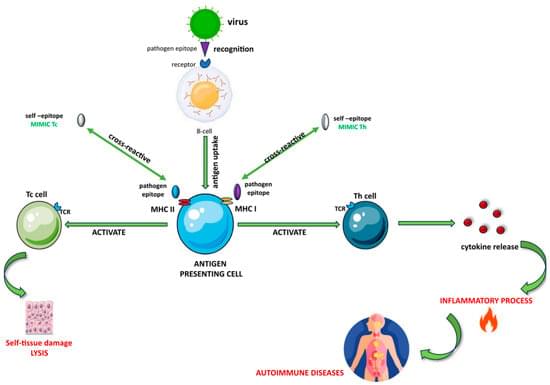EdgeRunner A.I. cofounder and CEO Tyler Saltsman discusses his partnership with the Pentagon creating personalized A.I. for military defense on ‘Maria Bartiromo’s Wall Street’



Differences in the Pace of Aging are important for many health outcomes but difficult to measure. Here the authors describe the Dunedin Pace of Aging Calculated from NeuroImaging measure, an approach that uses a single brain image to measure how fast a person is aging and can help predict mortality or the risk of developing chronic disease.

A combination of high-resolution imaging and machine learning, also known as artificial intelligence (AI), can track cells damaged from injury, aging, or disease, and that no longer grow and reproduce normally, a new study shows.
These senescent cells are known to play a key role in wound repair and aging-related diseases, such as cancer and heart disease, so tracking their progress, researchers say, could lead to a better understanding of how tissues gradually lose their ability to regenerate over time or how they fuel disease. The tool could also provide insight into therapies for reversing the damage.
The study included training a computer system to help analyze animal cells damaged by increasing concentrations of chemicals over time to replicate human aging. Cells continuously confronted with environmental or biological stress are known to senesce, meaning they stop reproducing and start to release telltale molecules indicating that they have suffered injury.


Leadership quality has a significant impact on firm productivity and can even affect national prosperity, but measuring individual leadership skills is difficult. Existing methods require observing prospective leaders working with multiple randomly assigned groups, an undertaking that can be both logistically complex and expensive.

Even-aged forest management is geared towards timber production with ecosystem health as a lesser consideration. This creates a dichotomy where forests are treated either as plantations or reserves. Uneven-aged management can bring compromise to conflicting land uses by reducing ecosystem impacts while still allowing timber extraction. Whereas selection forestry focuses on which trees are taken, retention forestry focuses on protecting features that will remain after logging. These biological legacies provide ecosystem continuity.
Retained trees are often chosen based on their habitat value. Snags and living trees that are diseased, damaged, or dying provide cavities, decaying wood, and other microhabitats for a diversity of biota. Defects that make high-quality habitat trees tend to cause the collapse of large and old trees, so it’s important to designate healthy recruitment trees for the future. Retention forestry that focuses only on habitat trees may be inconsistent with the goals of long-term carbon storage and ecosystem resilience.
An article just published in Forest Ecology and Management explores the idea of “exceptional trees” and why we might consider choosing a subset of the most robust trees for permanent retention in managed forests. We present methods for precisely estimating aboveground biomass across the landscape and assess the contribution of exceptional trees to biomass and productivity. Our study focuses on Sequoia sempervirens (redwood) in California’s Demonstration State Forests.

Autoimmune diseases (AIDs) emerge due to an irregular immune response towards self- and non-self-antigens. Inflammation commonly accompanies these conditions, with inflammatory factors and inflammasomes playing pivotal roles in their progression. Key concepts in molecular biology, inflammation, and molecular mimicry are crucial to understanding AID development. Exposure to foreign antigens can cause inflammation, potentially leading to AIDs through molecular mimicry triggered by cross-reactive epitopes. Molecular mimicry emerges as a key mechanism by which infectious or chemical agents trigger autoimmunity. In certain susceptible individuals, autoreactive T or B cells may be activated by a foreign antigen due to resemblances between foreign and self-peptides. Chronic inflammation, typically driven by abnormal immune responses, is strongly associated with AID pathogenesis. Inflammasomes, which are vital cytosolic multiprotein complexes assembled in response to infections and stress, are crucial to activating inflammatory processes in macrophages. Chronic inflammation, characterized by prolonged tissue injury and repair cycles, can significantly damage tissues, thereby increasing the risk of AIDs. Inhibiting inflammasomes, particularly in autoinflammatory disorders, has garnered significant interest, with pharmaceutical advancements targeting cytokines and inflammasomes showing promise in AID management.


